Search Thermo Fisher Scientific
Invitrogen
FceR1 alpha Monoclonal Antibody (MAR-1), Super Bright™ 436, eBioscience™
FIGURE: 1 / 8
FceR1 alpha Antibody (62-5898-82) in Flow
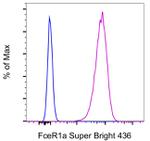
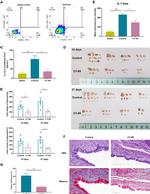
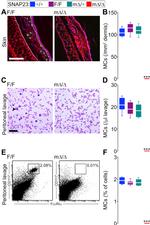

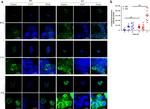

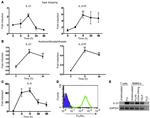
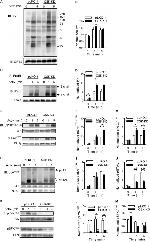
Product Details
62-5898-82
Species Reactivity
Published species
Host/Isotype
Recommended Isotype Control
Class
Type
Clone
Conjugate
Excitation/Emission Max
Form
Concentration
Purification
Storage buffer
Contains
Storage conditions
Shipping conditions
RRID
Product Specific Information
Description: The MAR-1 monoclonal antibody reacts with the Fc epsilon Receptor I alpha subunit, an IgE-binding subunit lacking signal-transducing ability. Fc epsilon RI alpha is expressed on mast and basophil cells and is up-regulated by the presence of IgE. Fc epsilon RI alpha forms a tetrameric complex with one beta and two gamma subunits. The beta and gamma subunits possess immunoreceptor tyrosine-based activation motifs (ITAM). The Fc epsilon RI complex plays an important role in triggering IgE-mediated allergic reactions.
Applications Reported: The MAR-1 antibody has been reported for use in flow cytometric analysis.
Applications Tested: The MAR-1 antibody has been tested by flow cytometric analysis of the MC/9 cell line (a mouse mast cell line). This can be used at less than or equal to 0.25 µg per test. A test is defined as the amount (µg) of antibody that will stain a cell sample in a final volume of 100 µL. Cell number should be determined empirically but can range from 10^5 to 10^8 cells/test. It is recommended that the antibody be carefully titrated for optimal performance in the assay of interest.
Super Bright 436 can be excited with the violet laser line (405 nm) and emits at 436 nm. We recommend using a 450/50 bandpass filter, or equivalent. Please make sure that your instrument is capable of detecting this fluorochrome.
When using two or more Super Bright dye-conjugated antibodies in a staining panel, it is recommended to use Super Bright Complete Staining Buffer (Product # SB-4401) to minimize any non-specific polymer interactions. Please refer to the datasheet for Super Bright Staining Buffer for more information.
Excitation: 405 nm; Emission: 436 nm; Laser: Violet Laser
Super Bright Polymer Dyes are sold under license from Becton, Dickinson and Company.
Target Information
FceR1 (Fc epsilonR1 alpha) is a subunit of the high affinity receptor of IgE. Fc epsilonR1 alpha is a tetrameric complex consisting of one alpha, one ß and two additional subunits. The latter two are required for signal transduction activity. The Fc epsilonR1 complex plays an important role in triggering allergic responses, and the immunoglobulin epsilon receptor (IgE receptor) is the initiator of the allergic response. When two or more high-affinity IgE receptors are brought together by allergen-bound IgE molecules, mediators such as histamine, which are responsible for allergy symptoms, are released. The IgE receptor couples allergen and mast cells to initiate the inflammatory responses that are characteristic of disorders such as hay fever and asthma. The release of histamine and proteases leads to the synthesis of prostaglandins and leukotrienes-potent effectors of the hypersensitivity response.
For Research Use Only. Not for use in diagnostic procedures. Not for resale without express authorization.
How to use the Panel Builder
Watch the video to learn how to use the Invitrogen Flow Cytometry Panel Builder to build your next flow cytometry panel in 5 easy steps.
Bioinformatics
Protein Aliases: fc epsilon r1; Fc-epsilon RI-alpha; FcERI; High affinity immunoglobulin epsilon receptor subunit alpha; IgE Fc receptor subunit alpha; RP11-550P17.3
Gene Aliases: Fce1a; fcepsilonri; Fcer1a; FcERI; Fcr-5
UniProt ID: (Mouse) P20489
Entrez Gene ID: (Mouse) 14125

Performance Guarantee
If an Invitrogen™ antibody doesn't perform as described on our website or datasheet,we'll replace the product at no cost to you, or provide you with a credit for a future purchase.*
Learn more
We're here to help
Get expert recommendations for common problems or connect directly with an on staff expert for technical assistance related to applications, equipment and general product use.
Contact tech support

